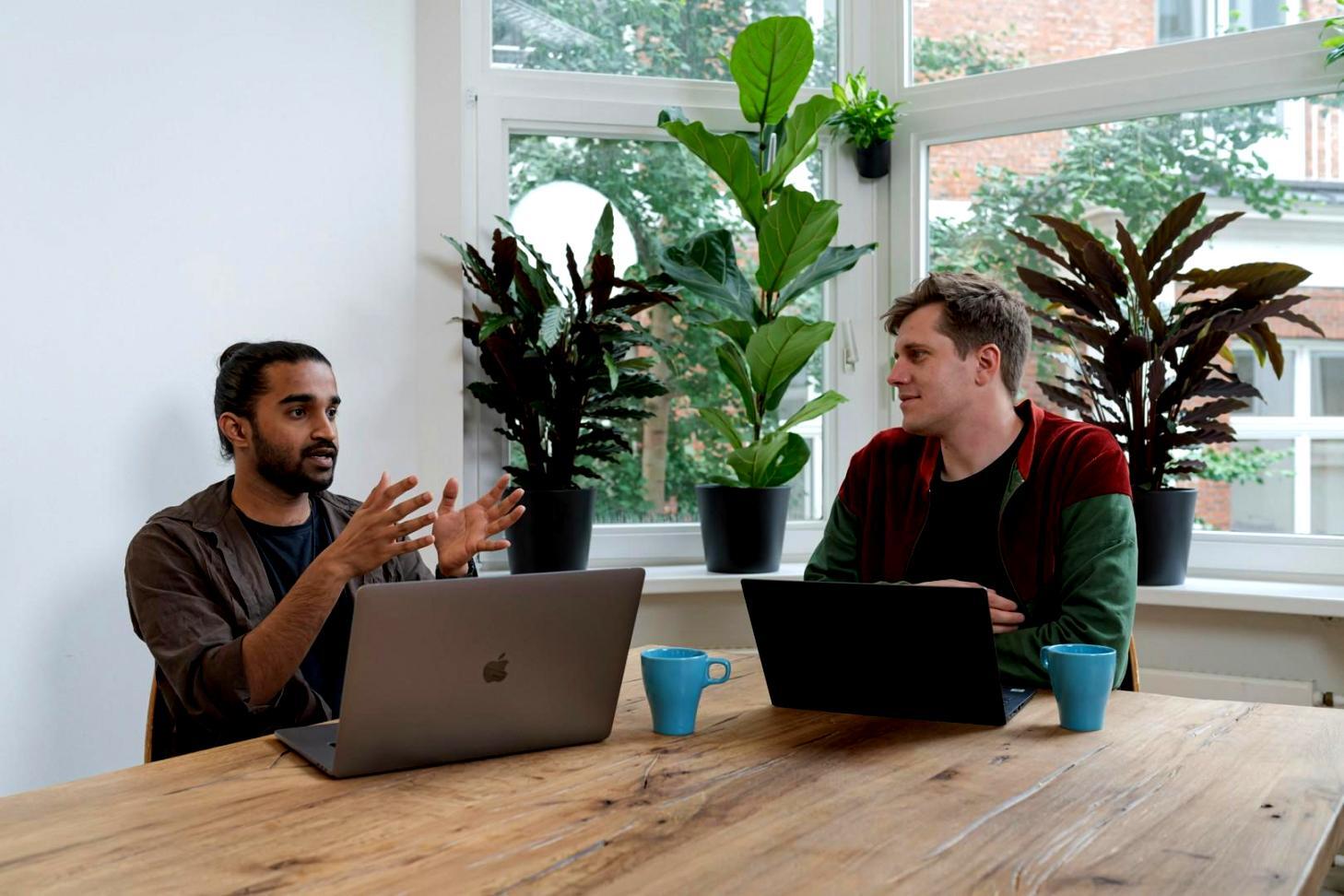Teaching People How Money Actually Works
Started in 2018 because too many folks were losing ground to inflation without knowing why. We focus on what happens to your purchasing power over time—and what you can actually do about it.
We Started With A Simple Question
Why does nobody teach regular people about inflation? Back in early 2018, I kept meeting professionals who had no idea their savings were shrinking in real terms. Smart people. Good jobs. But their money sat in accounts earning 1.5% while inflation ran at 2.8%.
That gap bothered me more than it should have. So I started running free Saturday workshops in Hobart. Just twelve people in a community hall, talking through real scenarios with real numbers. No jargon. No product pitches. Just honest conversations about purchasing power.
Those workshops grew. By 2020, we were running structured programs for working adults who wanted to understand what was happening to their money. The feedback changed everything—people weren't looking for get-rich schemes. They wanted clarity on something that affected them every single day but felt completely invisible.


Clare Henshaw
Lead EducatorI spent fourteen years working in financial planning before realizing most advice skipped the fundamentals. People would come in worried about investment returns when they hadn't even considered how inflation was affecting their baseline spending.
My approach is pretty straightforward. We start with your actual expenses from twelve months ago and compare them to today. That shock—seeing the real dollar difference—creates the foundation for everything else. Then we work through historical patterns, current indicators, and practical hedging strategies that don't require you to become a day trader.
The best part? Watching someone realize they're not bad with money. They just didn't have the right framework to see what was happening. That shift in understanding changes how they make decisions for years afterward.
How Understanding Shifts Over Six Months
Real learning takes time. Here's what participants typically experience when they commit to understanding inflation's impact on their finances.
Month One: Recognition
Most people start here—calculating their actual purchasing power loss over the past three years. The numbers are usually worse than expected. One participant realized her grocery bill had climbed 18% while her salary increased 4%.
Month Three: Pattern Analysis
By this point, you're tracking forward indicators and understanding why prices move before official statistics catch up. You start seeing inflation in your own spending patterns before economists announce it.
Month Six: Strategy Application
The endgame isn't panic—it's informed adjustment. Participants develop their own approaches to preserving purchasing power, whether through asset allocation, income negotiation, or spending timing strategies.



Looking Ahead To Late 2025
We're opening enrollment for our September 2025 intake. The program runs six months and focuses on building long-term understanding rather than quick fixes. If you're tired of watching your money lose value without knowing what to do about it, this might be worth exploring.
View Program Details